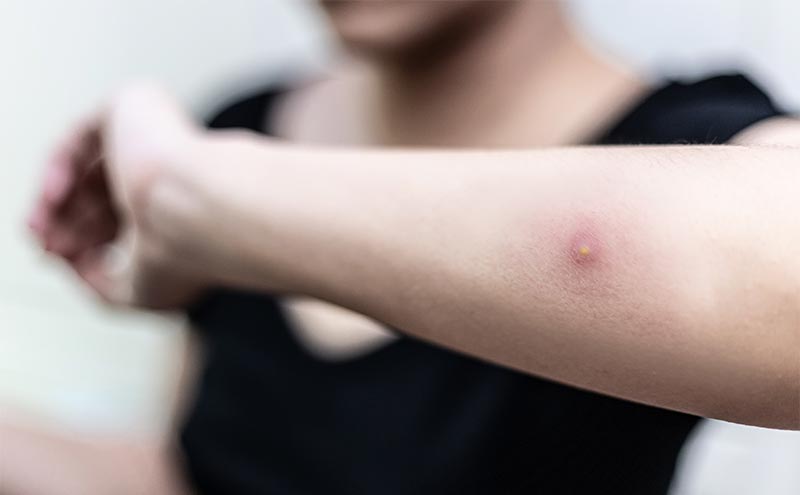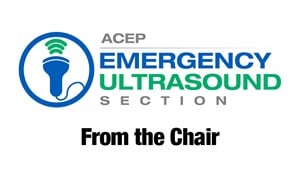
Journal Club: Draining an abscess? Ultrasound can probably help
Journal Article
Gaspari RJ, Sanseverino A, Gleeson T. Abscess incision and drainage with or without ultrasonography: A randomized controlled trial. Ann Emerg Med. 2018 Aug 17. pii: S0196-0644(18)30451-7. doi: 10.1016/j.annemergmed.2018.05.014. [Epub ahead of print]
Patients frequently present to the emergency department for the evaluation of soft tissue infection, including cellulitis and abscesses. After the diagnosis of an abscess, clinicians will usually perform an incision and drainage procedure. Ultrasound can be used to help assess for the presence of an abscess, as well as determine the shape and size of the abscess. However, until now, there has not been a randomized control trial examining the treatment outcomes for abscesses comparing the use of ultrasound versus palpation alone. Dr. Gaspari and colleagues designed the trial to answer this question.
This was a randomized study of adult patients with uncomplicated abscesses assessing whether the use of point-of-care ultrasound (POCUS) can help decrease the rate of clinical failure. In the ultrasound group, standardized ultrasound was performed with images of the abscess cavity, as well as the surrounding soft tissue. Wick placement and use of antibiotics was left to the discretion of the treating physician. Patients were asked to return at 2-3 days and then were contacted by telephone 10 days later. The primary endpoint was clinical failure, defined as need for repeat incision and drainage within 10 days of the initial procedure.
Patients were recruited from January 2015 to June 2017. 125 patients were enrolled after clinical diagnosis of a soft tissue abscess by the treating clinician. 63 patients were randomized to POCUS and 62 patients were randomized to physical examination only. The clinical failure rate was significantly lower in the ultrasound group [2/63 (4.8%) versus 9/62 (16.1%)].
There were strengths and limitations to the study. One of the greatest strengths was that there were 50 clinicians with various levels of experience performing the ultrasound. In addition, it was the first randomized trial and used strong randomization and allocation methods. The biggest limitation of this study is the small number of patients in the study with only a total of 11 patients in both arms having failed therapy. It would be interesting to see this study replicated in a larger model to see if these differences remain.
This study provides good evidence that ultrasound should be considered in the routine care of soft tissue abscesses, as it is free, non-invasive, easy-to-perform, and can decrease treatment failures compared with physical exam alone.
Michael Zwank, MD, FACEP1
Zack Grambos, MD2
1Regions Hospital
2Palmetto Health



